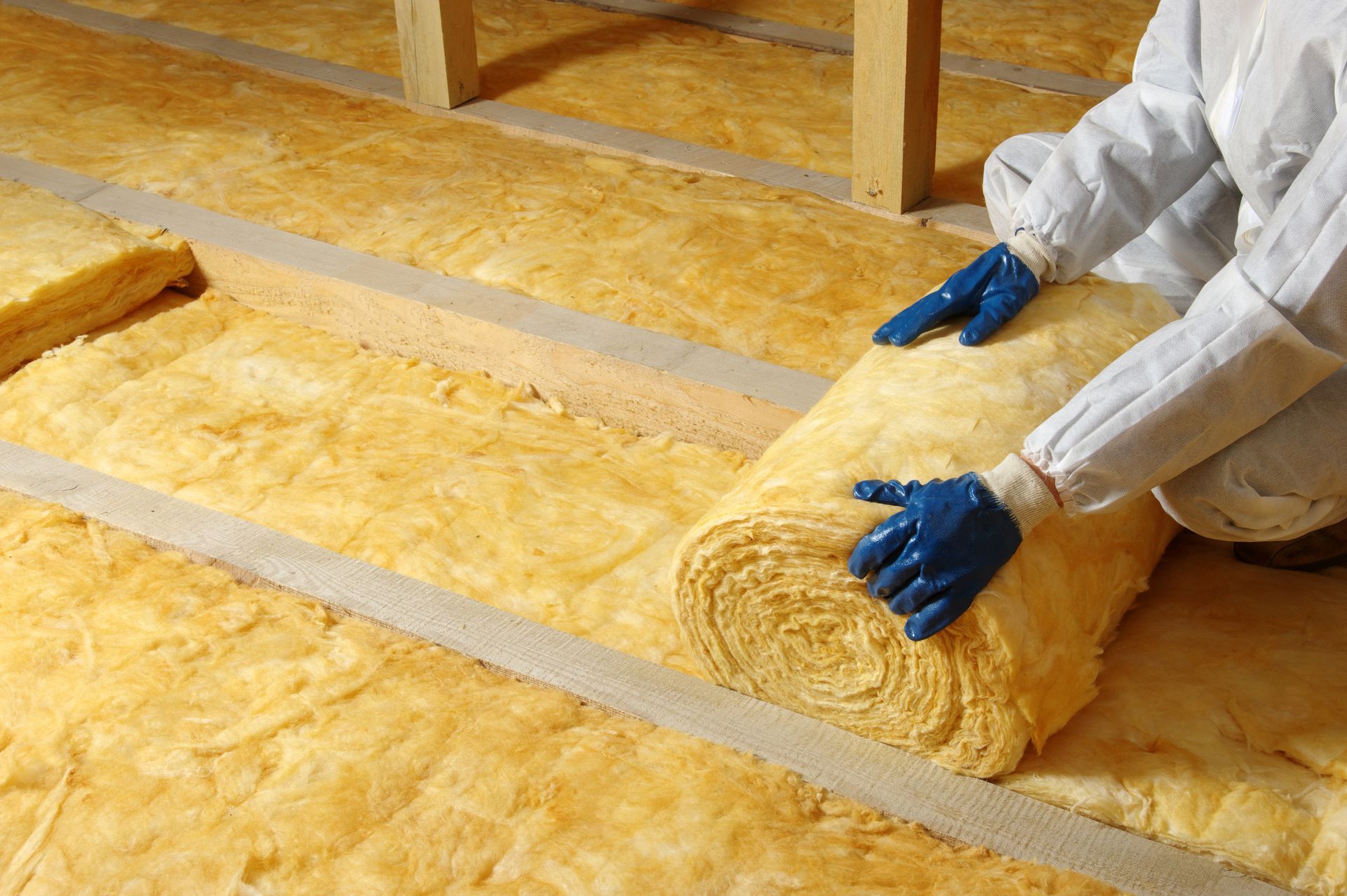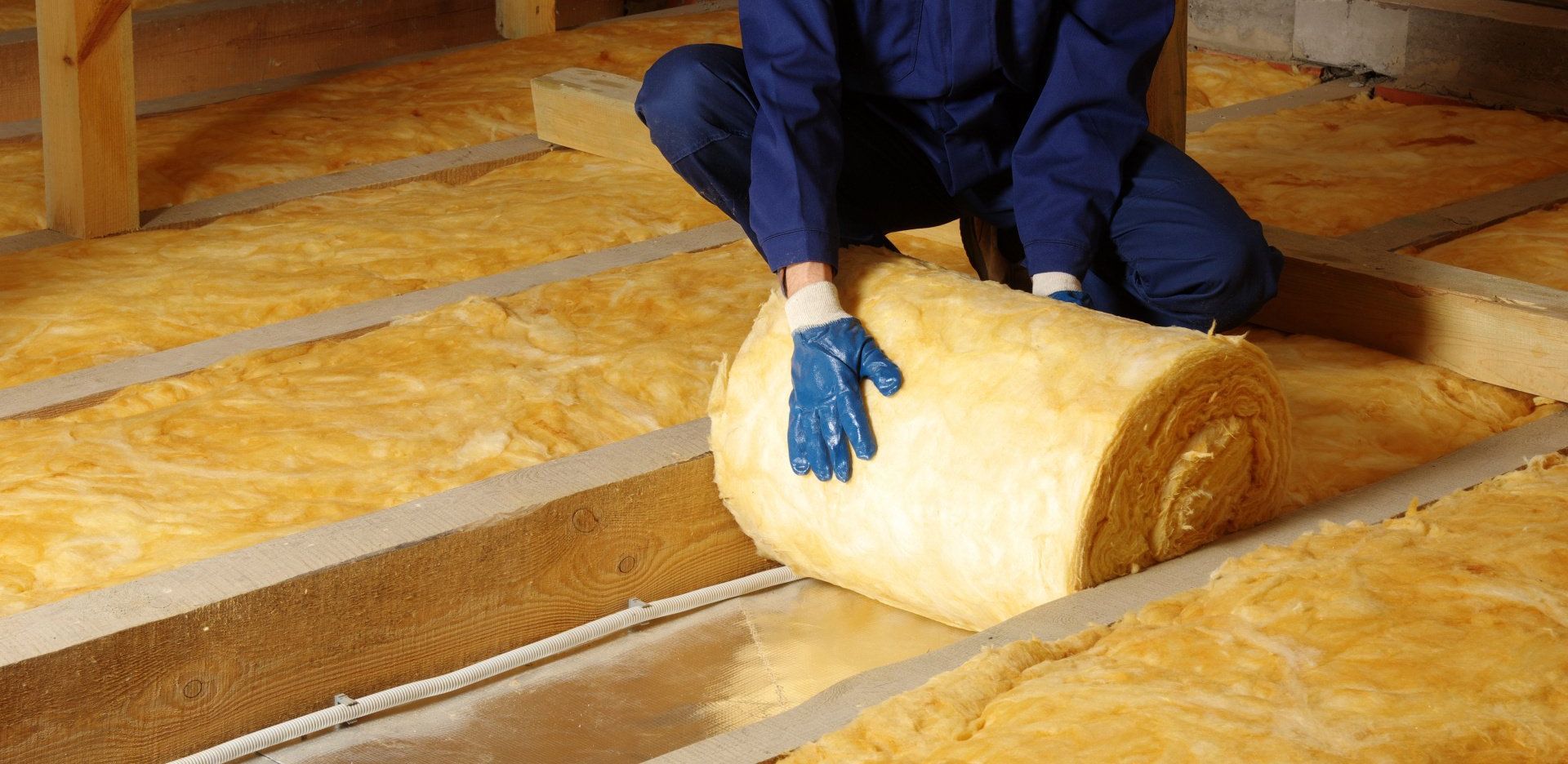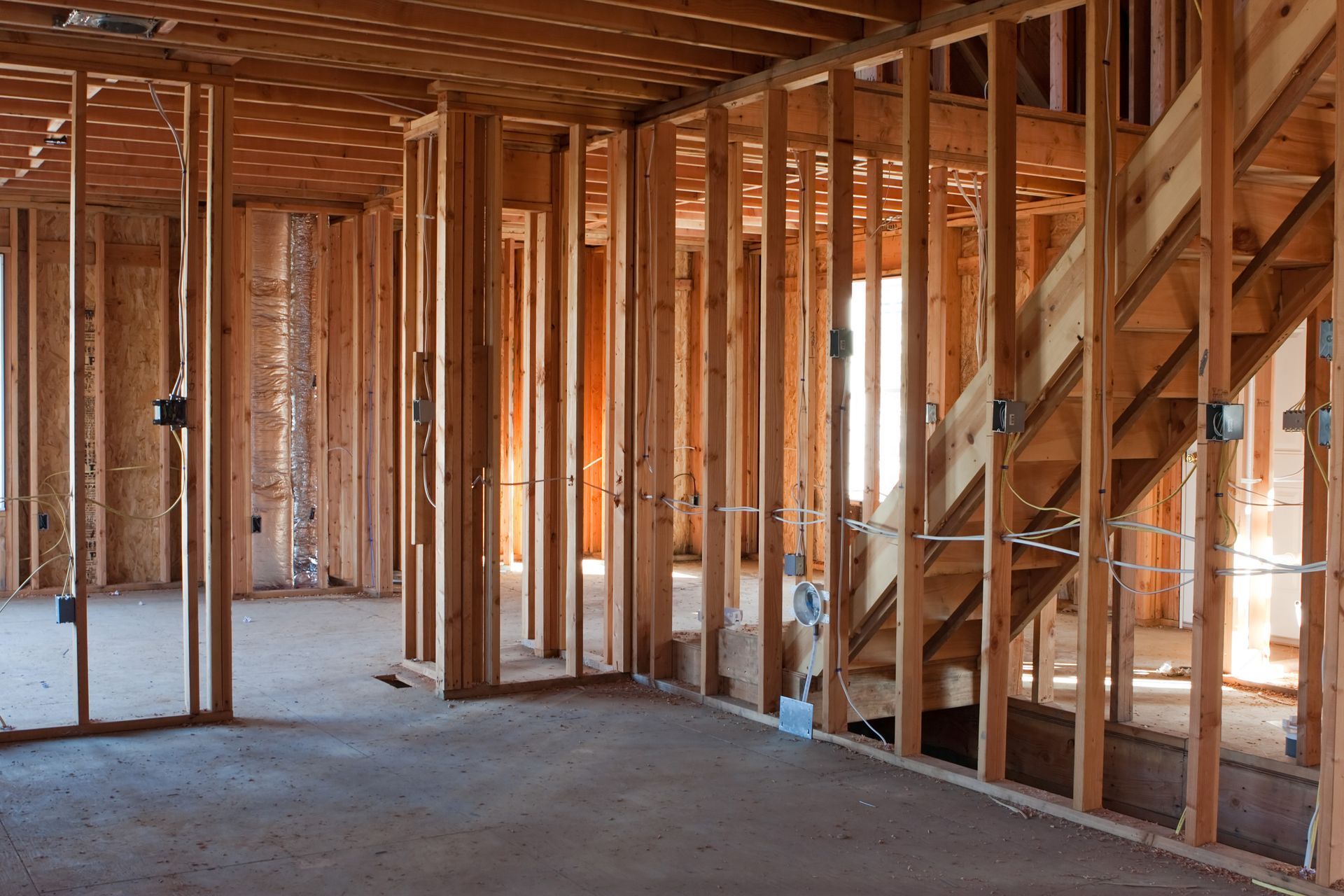Contact Us
Office Information
Location 165 Stafford St. Springfield, MA 01104
Office Hours 7am - 4pm
Need Service? Call (413)732-3922
From Cold and Damp to Warm and Dry: Insulation Solutions for Your Basement
Basements often face unique challenges that can make them cold, damp, and uncomfortable. These common issues can significantly impact the overall comfort and energy efficiency of your home. Whether you’re looking to renovate your basement into a livable space, create a cozy home office, or simply enhance your home's energy efficiency, proper insulation is essential. Effective insulation not only addresses cold and moisture problems but also improves indoor air quality and increases the overall usability of your basement.
For those looking to tackle insulation in their basement, here are some tips and solutions to ensure your space is warm, dry, and comfortable year-round.
Understanding Basement Challenges
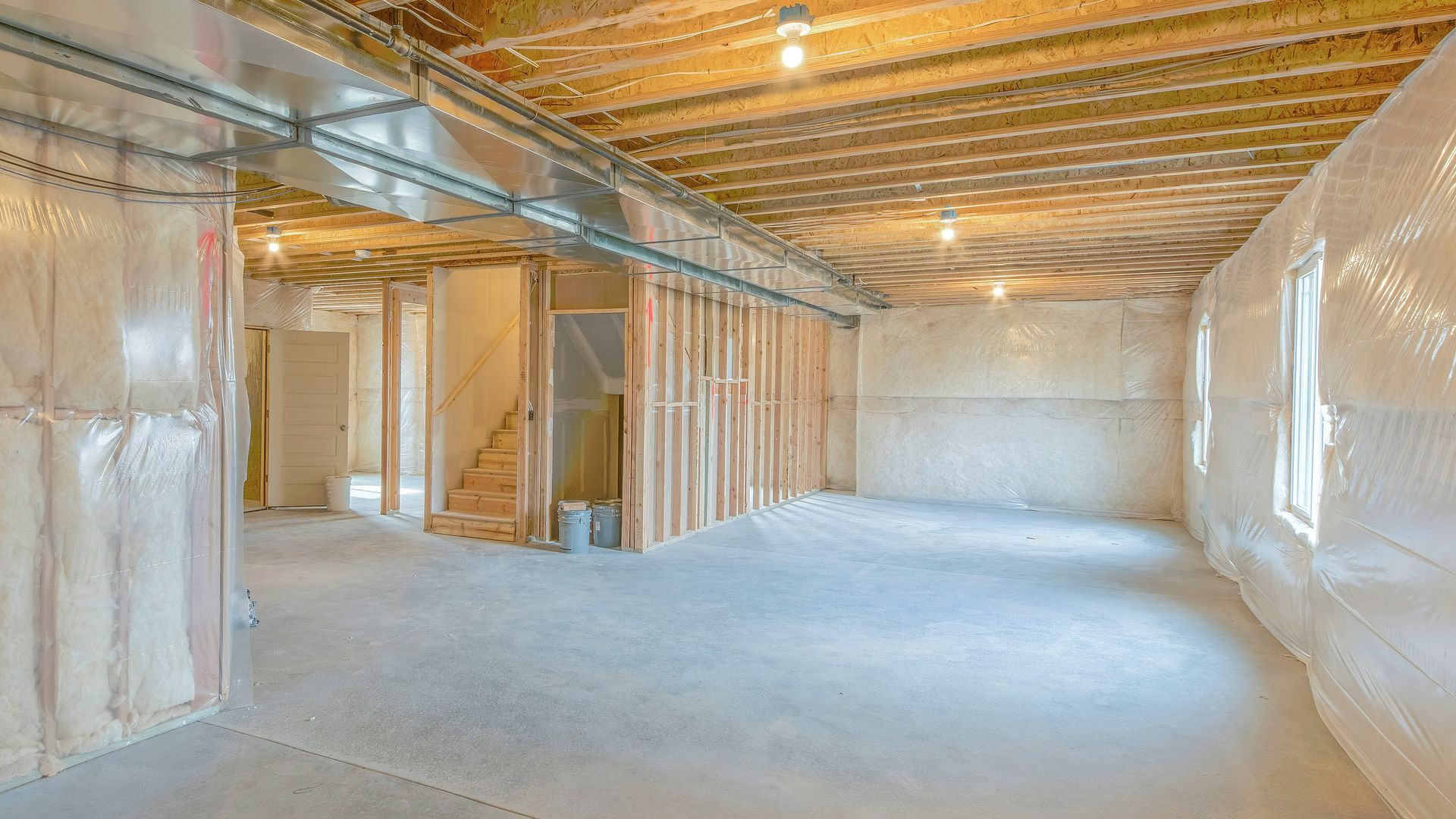
Basements are notorious for facing a variety of challenges that can make them less comfortable and less functional than other parts of the home. Here are some of the most common issues:
- Moisture: Basements are prone to moisture problems due to their location below ground level. Water can seep through walls and floors, leading to dampness, mold growth, and musty odors. High humidity levels can also make the space uncomfortable and unhealthy.
- Cold Temperatures: Basements often feel colder than the rest of the house because they lack proper insulation and are surrounded by soil that can draw heat away. This can result in cold floors, walls, and an overall chilly environment.
- Poor Air Quality: Moisture problems and lack of ventilation can lead to poor air quality in basements. This can exacerbate respiratory issues and create an unpleasant living space.
These issues not only affect the basement but can also impact the overall home environment and energy efficiency. Addressing these challenges with proper insulation is key to transforming your basement into a comfortable and usable space.
Assessing Basement Needs Prior to Insulating
Before embarking on any insulation project for your basement, it’s crucial to thoroughly assess the specific needs and conditions of the space. Here are key steps to consider:
1. Inspect for Moisture Issues
Identify any existing moisture problems by checking for visible signs of dampness, mold, or water stains on walls and floors. It's also important to monitor the humidity levels in the basement over time to understand the extent of the issue. Addressing moisture problems is essential before insulation; this may involve waterproofing measures like sealing cracks, installing a sump pump, or improving drainage around the foundation.
2. Evaluate Structural Integrity
Examine the basement's structural components, such as walls, floors, and the foundation, for any signs of damage or weakness. Look for cracks, bowing walls, or uneven flooring which could indicate underlying structural issues. Ensuring your basement is structurally sound will prevent future problems and ensure that insulation is effective and long-lasting.
3. Check for Air Leaks
Conduct a thorough inspection to identify any air leaks. Common areas for air leakage include around windows, doors, plumbing penetrations, and rim joists. Sealing these gaps and cracks with caulk or expanding foam will help to create a more airtight and energy-efficient basement.
4. Assess Existing Insulation
Determine if there is any existing insulation in your basement and evaluate its condition. Old or damaged insulation may need to be removed and replaced. Understanding the current state of insulation can also help you decide on the best insulation materials and methods moving forward.
5. Plan for Usage
Consider how you plan to use your basement space. The insulation needs may vary depending on whether the space will be used as a living area, storage, home office, or gym. Each use case may require a different approach to insulation to provide the optimal level of comfort, warmth, and usability.
6. Consult with a Professional
When in doubt, consulting with a professional insulation contractor or insulation specialist can provide valuable insights and help ensure all issues are properly addressed. They can offer expert advice on the best insulation materials and methods for your specific basement conditions.
Taking time to address any of these potential issues before insulating your basement will help ensure that the insulation is effective and long-lasting, providing you with a comfortable and functional living space. Yes it's added time and can delay your project, but it can save you from costly damage or having to re-do the insulation in the future.
Insulation Solutions for Basements
Once you have assessed your basement’s specific needs and addressed any potential issues, it’s time to choose the right insulation materials and methods. Here are some options to consider:
1. Foam Board Insulation
Foam board insulation is a popular choice for basements, as it provides excellent moisture resistance and high insulation value. It comes in rigid boards that can be easily cut to fit between framing, making it suitable for both interior and exterior walls. Foam board insulation is also relatively lightweight and easy to install.
2. Spray Foam Insulation
Spray foam insulation has become a popular option for its superior air sealing properties and high R-value. It is sprayed in a liquid form that quickly expands and fills all gaps and crevices, creating an airtight seal. This makes it ideal for insulating around pipes and other obstacles in the basement. However, it can be more costly than other insulation options.
3. Fiberglass Insulation
Fiberglass insulation is a common choice due to its affordability and ease of installation. It is available in batt or roll form and can be installed between studs, joists, and rafters. However, fiberglass insulation may not be as effective for moisture control and air sealing compared to other options.
4. Cellulose Insulation
Cellulose insulation is made from recycled materials such as paper and fabric fibers, making it an environmentally friendly choice. It is blown into walls and floors, providing excellent coverage and filling all gaps for effective insulation. However, like fiberglass, it may not be as effective for moisture control.
4 Tips for Proper Insulation for Basements
Proper insulation is key to ensuring that your basement remains a comfortable, energy-efficient, and functional part of your home. Here are four tips to help you achieve the best results:
1. Insulate Basement Walls Properly
Effective wall insulation can significantly reduce heat loss and prevent moisture infiltration. Consider using foam board insulation for its high R-value and moisture resistance. Make sure to seal any seams or gaps thoroughly to prevent air leaks. Additionally, installing a vapour barrier on the warm side of the insulation can help to keep moisture from entering the wall cavity.
2. Install a Continuous Layer of Insulation on Ceilings
Don't overlook the importance of insulating the basement ceiling, especially if you have rooms above the basement. Spray foam insulation works well here due to its ability to fill gaps and crevices, creating an effective air seal. A continuous layer of insulation will help to prevent cold air from seeping into the upper floors and maintain a more consistent temperature throughout the home.
3. Seal Rim Joists and Sill Plates
Rim joists and sill plates are common areas where air leakage can occur. Use spray foam or foam board insulation to seal these areas effectively. Pay special attention to any penetrations for electrical wiring or plumbing, ensuring that these gaps are also sealed to maintain an airtight barrier.
4. Use Proper Insulating Materials for Pipes and Ductwork
Insulating pipes and ductwork within the basement can prevent heat loss and improve energy efficiency. Foam pipe insulation or fiberglass wrap can be used for this purpose. Additionally, insulating ducts can reduce energy waste and ensure that warm air reaches its intended destination without loss in transit.
Contact Urban and Sons Insulation Today!
Ready to make your basement a comfortable and energy-efficient space? Searching for basement insulation contractors near me? Don’t wait any longer! Contact Urban and Sons Insulation, your local basement insulation experts. We proudly serve residents in West Springfield, Chicopee, Westfield, Agawam, and other towns in Western MA. Call us today at (413) 732-3922 to schedule your free estimate. You can also visit our website to book your free estimate online. Trust Urban and Sons Insulation to provide professional insulation solutions tailored to your home's specific needs.
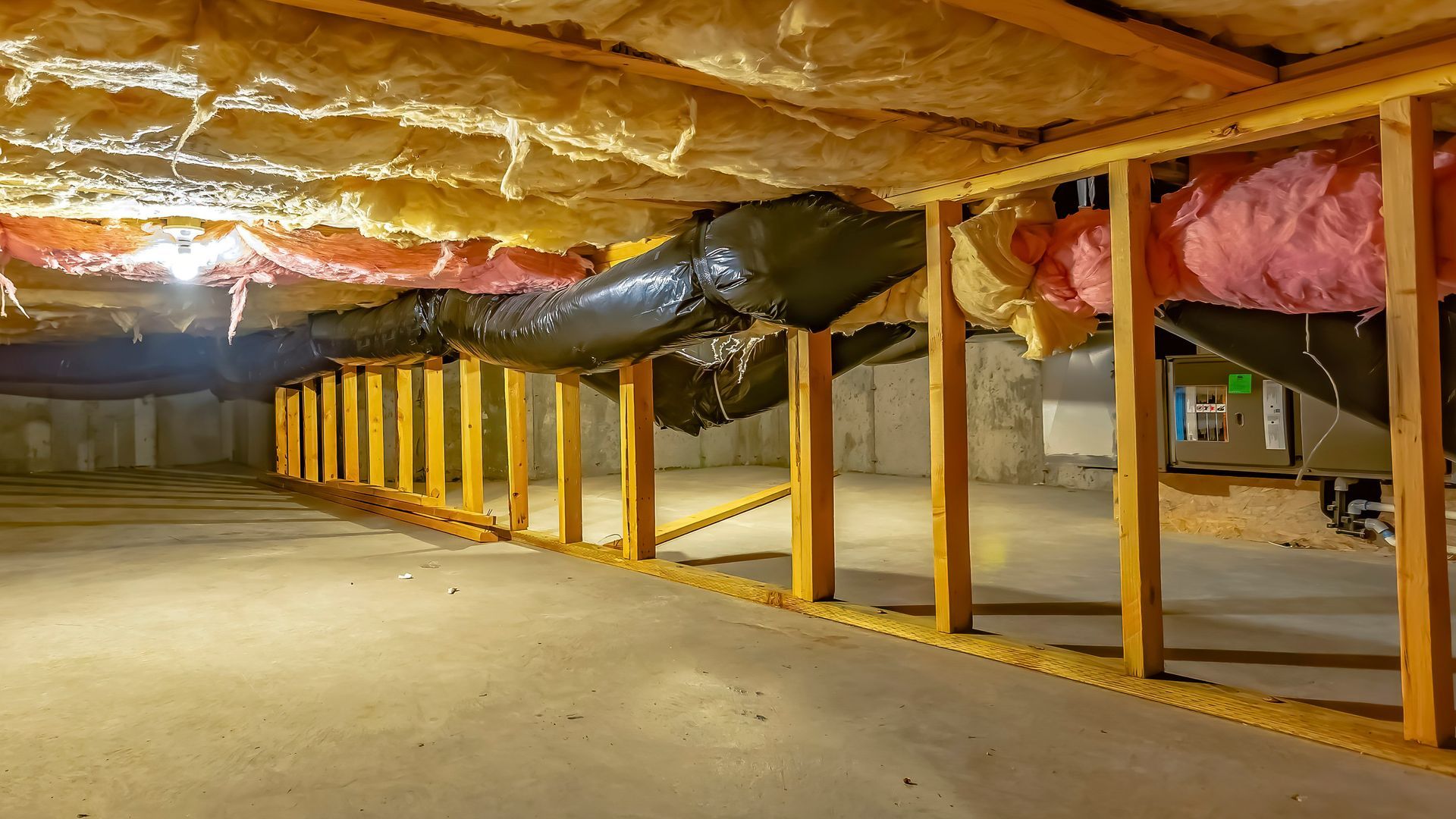
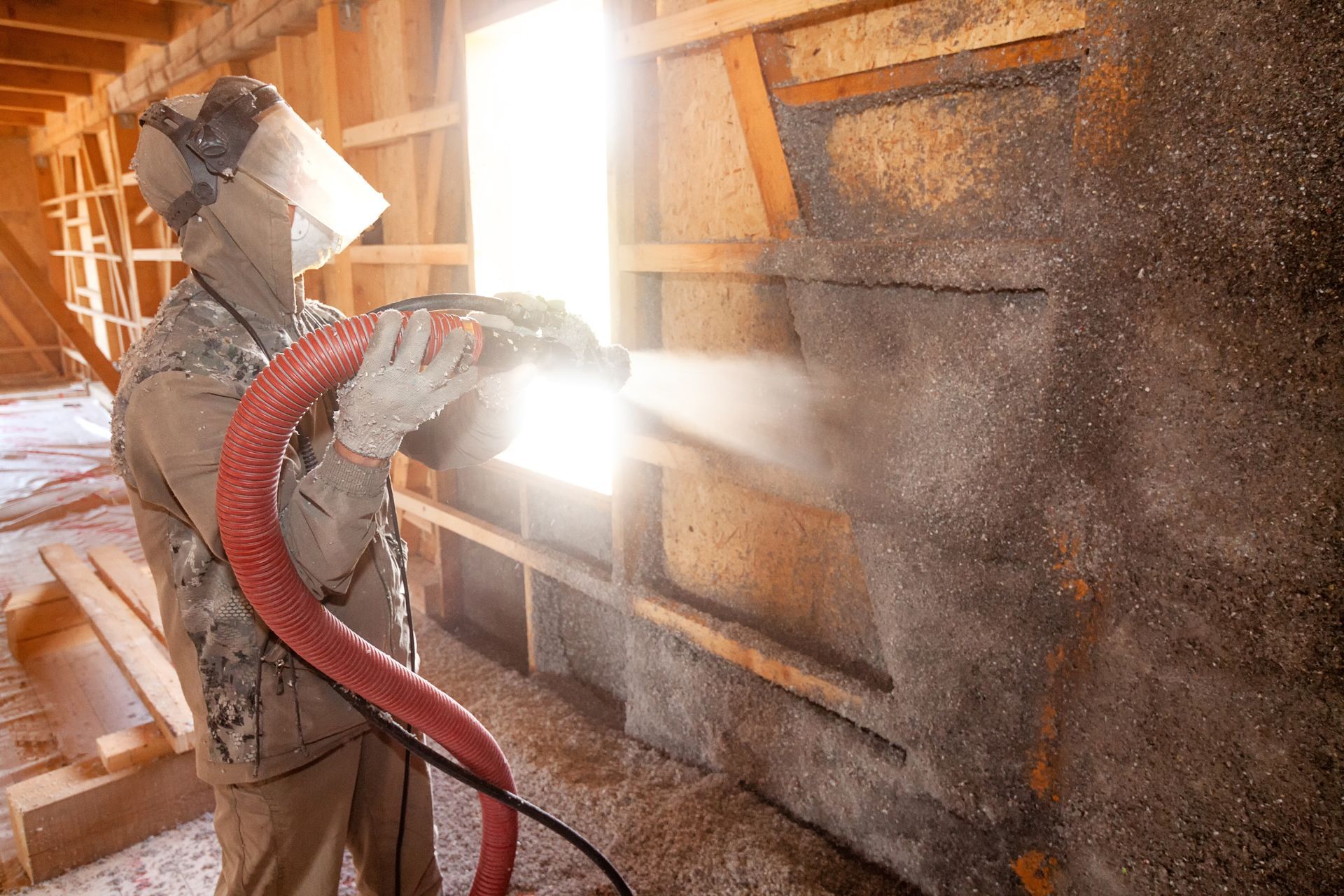
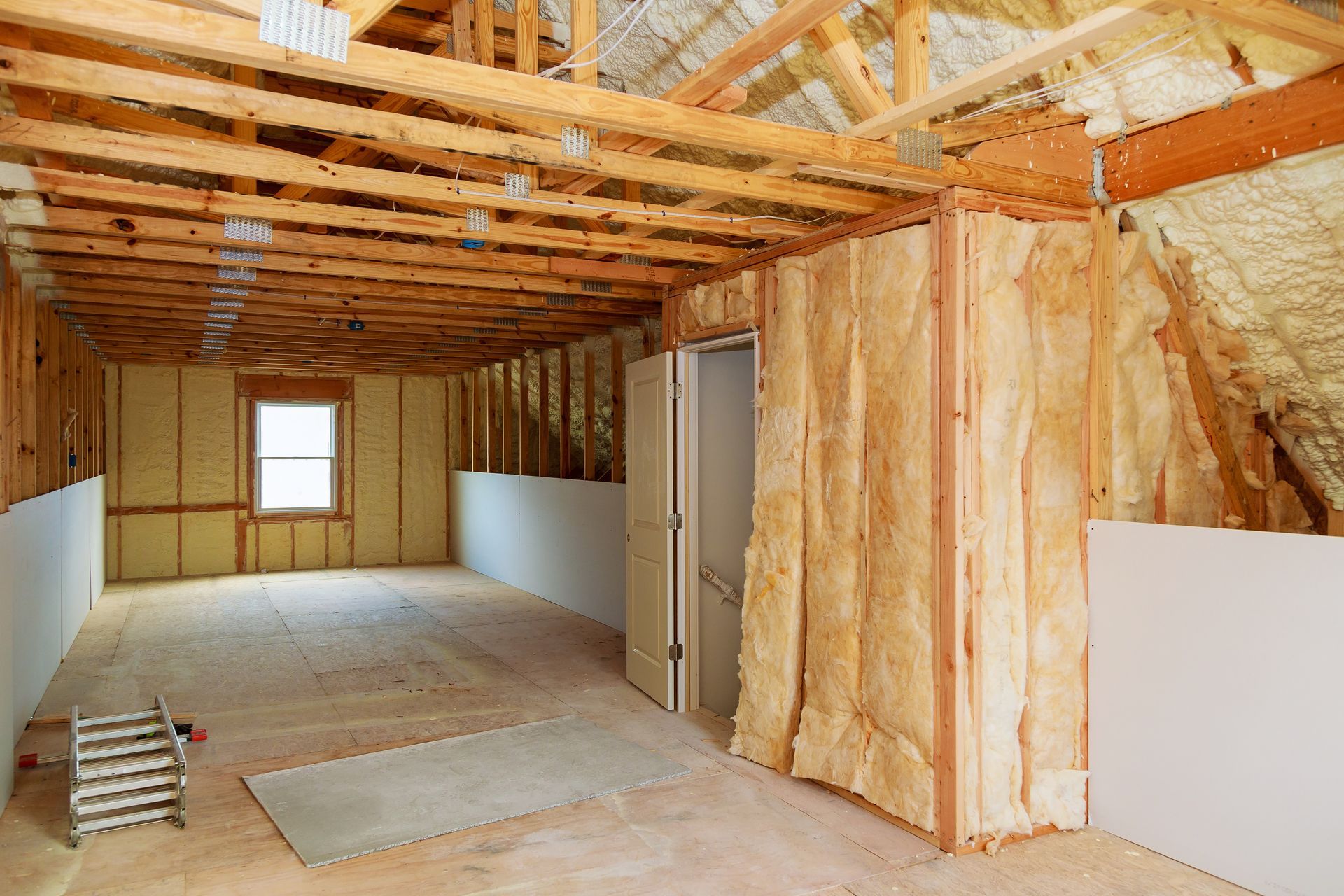
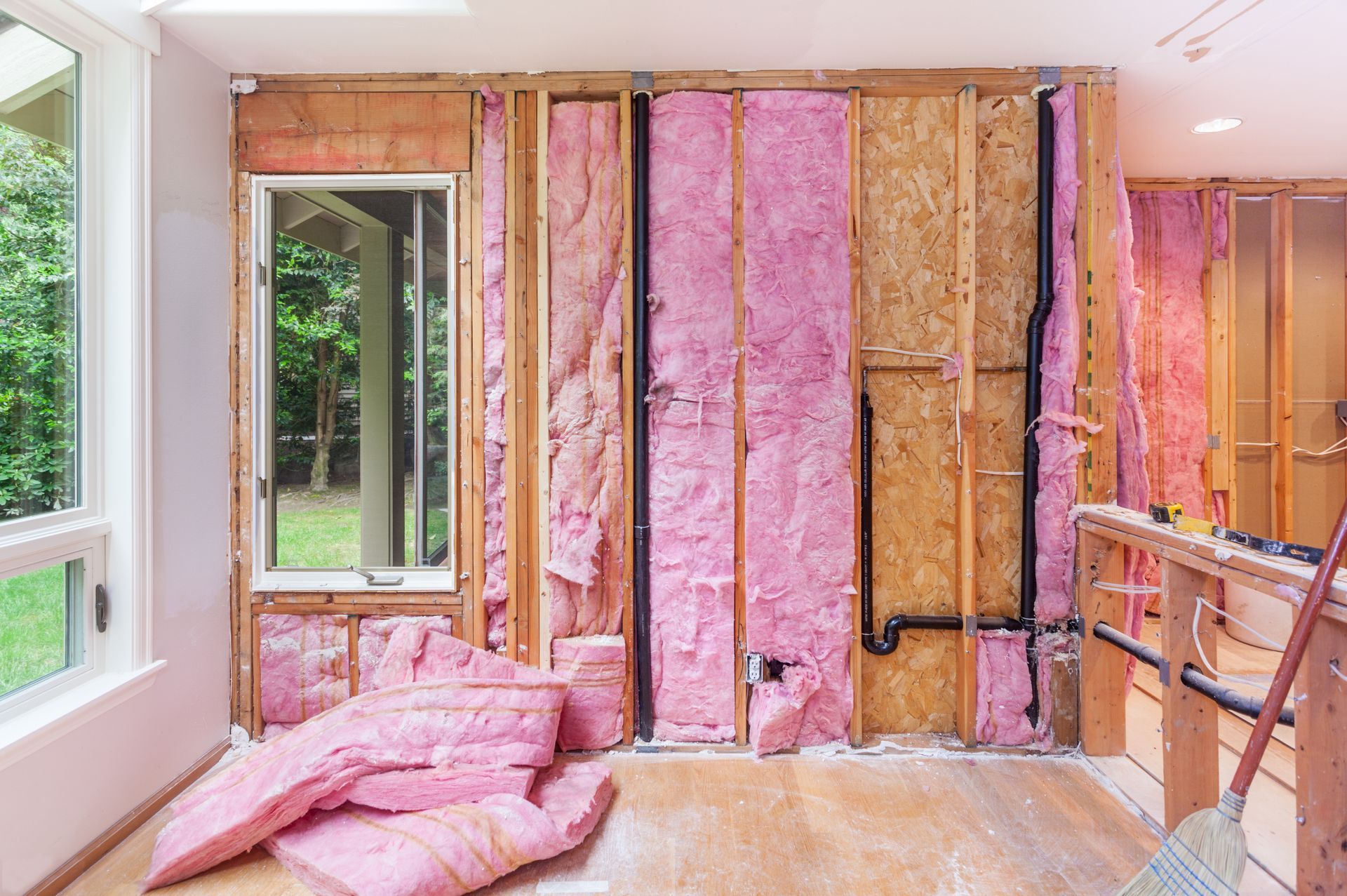

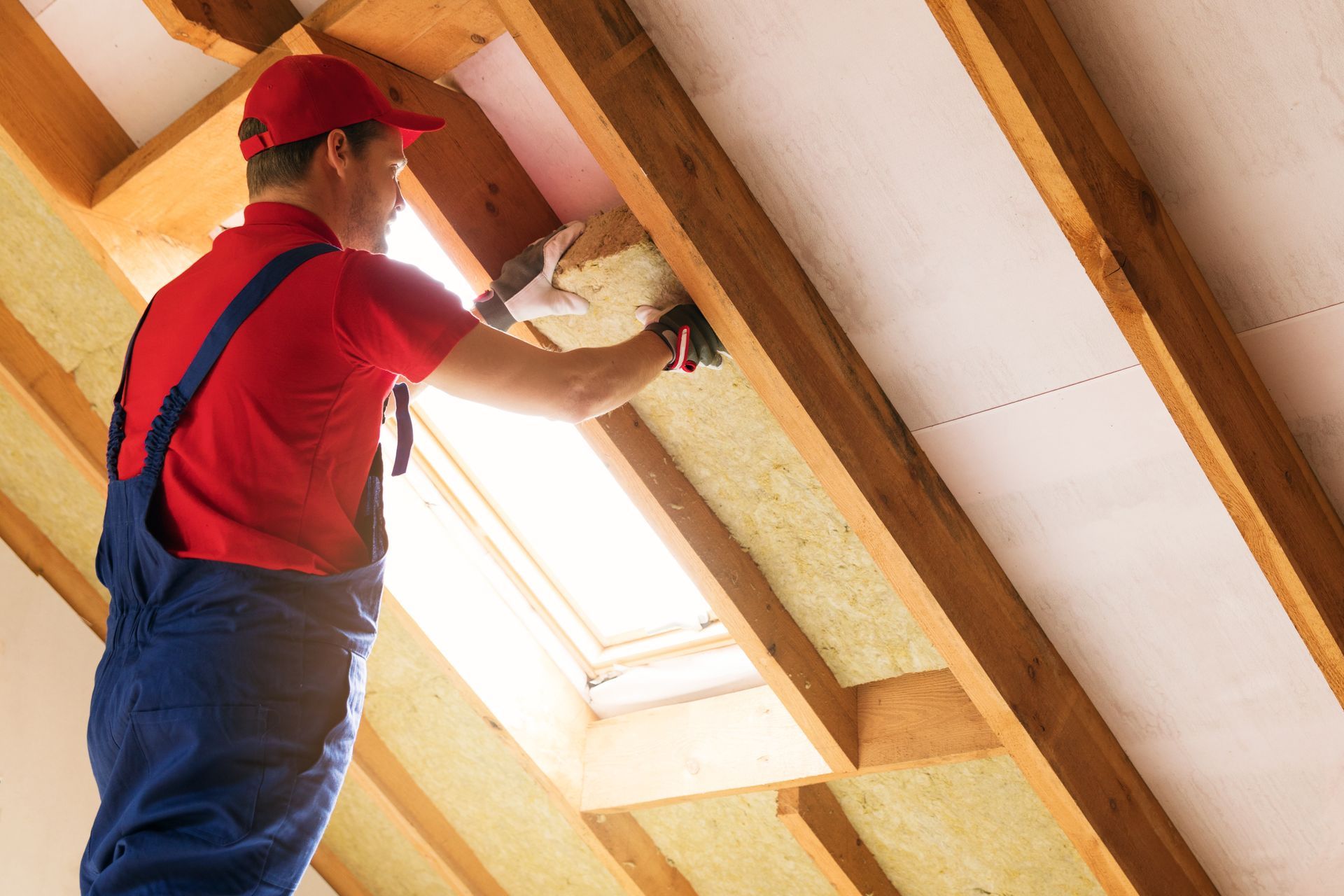

About
HIC# 100590
Since 1982, Urban & Sons Insulation has been providing quality insulation services to homeowners and businesses throughout Western Massachusetts. We offer expert insulation services, including blown-in insulation, spray foam insulation, and radiant barrier installation.
Quick Links
Resources


